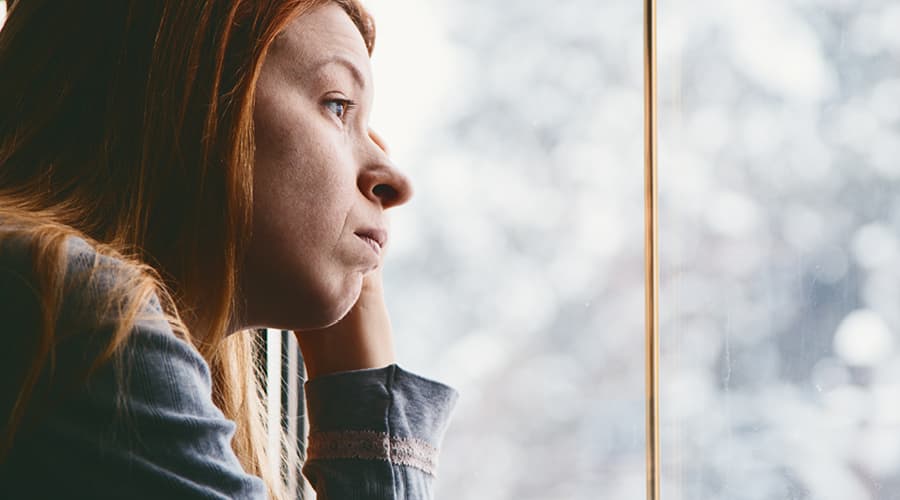By Richard Juman, PsyD, Director of Behavioral Health Policy and Regulations and Co-Chair, Clinician Resiliency Core Group, TeamHealth
Depression can occur at any time of year, and winter is no exception. The stress of the holidays, less time outdoors and reduced opportunities for vigorous physical activity can conspire to create the “winter blues” in any of us. Certain people, though, experience a predictable and significant increase in depressive symptoms as the winter months settle in. This condition is known as Seasonal Affective Disorder.
What is Seasonal Affective Disorder?
Seasonal Affective Disorder (SAD) regularly impacts about 5% of the U.S. population, causing significant drops in mood that often last through the winter months. The symptoms of SAD mirror those found in other types of depression, with the most significant problems including depressed mood, loss of interest in activities, low energy, sleep issues and possible suicidal ideation.
While the exact mechanism behind SAD is unclear, most researchers believe that it is connected to shorter days of winter, which provide less exposure to natural sunlight than during other seasons. The lack of sunlight may affect circadian rhythms, Vitamin D, serotonin levels in the brain and/or melatonin, all of which can have an impact on energy, sleep patterns and other mood-related variables.
Are there treatments for SAD?
While treatment for any depression may include anti-depressant medication or psychotherapy, the good news for SAD sufferers is that there is a treatment available that operates directly at the presumed cause of the disorder – the lack of sunlight during the winter months.
Light Therapy involves the regular use of a special fluorescent lamp that is many times brighter than typical indoor lighting. These lamps include screens designed to filter out ultraviolet light. Users simply sit in front of the lamp (without looking directly into it) for 15-60 minutes each morning, usually during one’s usual morning activities. Some users like to practice yoga or meditation while obtaining their morning “dose” of light therapy. Bright light exposure in the mornings mirrors the impact of natural outdoor light, tends to be safe and effective and can also begin working in a matter of days, as opposed to the longer time frames required for medication-based treatments for depression to kick in.
Resources for seasonal depression
As we move through the winter months, it pays to become familiar with SAD and treatment with light box therapy. Although light boxes are widely available online, it’s best to consult with a healthcare professional to ensure an accurate diagnosis and review all available treatment options. For more tips and resources, subscribe to our blog.
If you’re struggling with depression or other related symptoms, please seek help from a medical professional. If you or someone you know is having thoughts of suicide, you can reach the National Suicide Prevention Lifeline 24/7 for free by calling 1-800-273-8255.
